Illustrated North African ceramics: 8 pottery illustrations from Morocco, Algeria and Tunisia
Today’s illustrated North African ceramics are inspired by my collection of Moroccan, Tunisian, and Algerian earthenware. At home, we like to celebrate our multicultural Mediterranean heritage with a nice collection of handmade ceramics curated from across this sunny region.

Serving food in a North African pot is more than just a meal presented in beautiful serveware. For me, it’s part of my deeply personal cultural identity. It allows me to enjoy my cross-cultural roots whenever a nice occasion comes around.
I come from a family of travellers with homes filled with all sorts of teacups, dining sets, and souvenirs from different parts of the world.
For this reason, I grew up collecting ceramics and handcrafted souvenirs, as a way to reconnect with my ancestors who hail from different parts of the Mediterranean.
My most treasured feat to date is a small collection of traditional North African ceramics, with a few glazed clay souvenirs from Italy, my husband’s country.
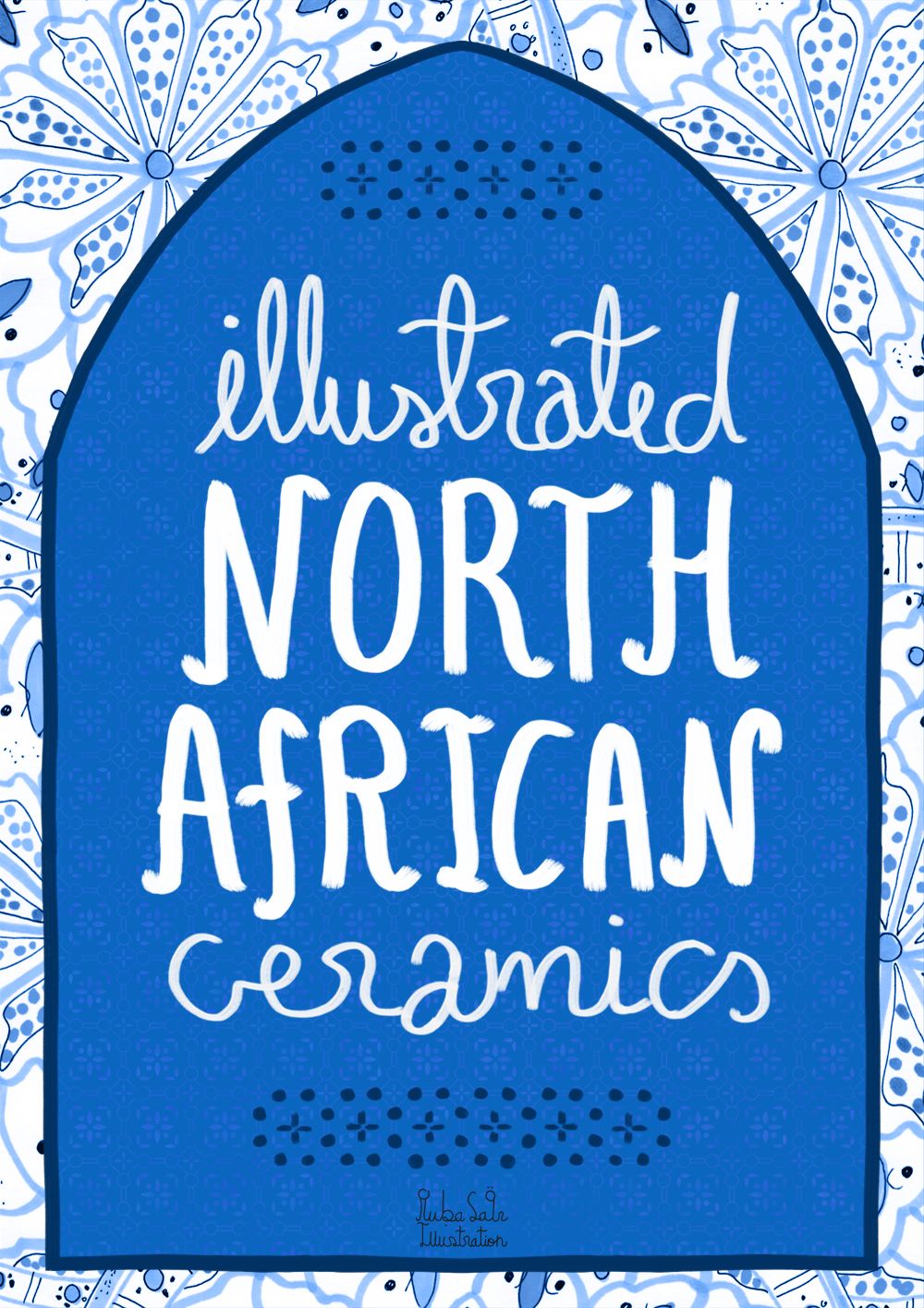
About these illustrated North African ceramics
In this illustrated collection, you can see 8 hand-drawn illustrations created in ink and alcohol-based markers, featuring some of the Tunisian ceramics that I own. The pottery illustrations in this post also include a few glazed clay items that I’ve seen in local souks and clayware workshops during my travels to Morocco, Algeria, and Tunisia. Moreover, a couple are from a well-known museum in the UK.
01
Moroccan Tagine from Fez
In the 8th century, Arab Muslims prevailed over North Africa. At some point, the 5th Abbasid Caliph Harun al-Rashid came along, ushering in a new dawn for North African pottery. Some say, during his reign, the Moroccan Tagine was born.
In present-day Morocco, artisans continue to handcraft their exquisite pottery with shapes and colours that vary from region to region.
According to VisitMorocco.com, blue patterns – like the ones seen in this Moroccan Tagine illustration – are a staple of the city of Fez (Fes). Yellow patterns, on the other hand, are a staple of the city of Safi, and green ones are the iconic colour of Meknes.


02
Tunisian Ceramic Serving Soup Bowl
The patterns on this Tunisian ceramic serving bowl with a matching lid could be the accumulation of so many influences.
These include the linear art and geometric shapes of the Berber Amazigh tribes, as well as the patterns in Arab-Muslim Andalusian tiles.
There’s also the direct 8th century rule of Arab Muslims over North African lands. And, before that, the pottery-making techniques brought to North Africa by the ancient Romans many centuries ago. As I have said in the intro, this illustration is based on an actual pot I have in my pottery collection.
03
Tunisian Ceramic Dish
According to ArabAmerica.com, the 17th century witnessed a noticeable leap in pottery-making as well as the embellishment of ceramics in Tunisia. This is on account of the final expulsion of Spain’s Muslims in the year 1614, which signalled the “arrival [to Tunisia] of skilled earthenware craftsmen exiled from the Iberian Peninsula.”
The Iberian Peninsula is the name historians use to refer to modern Spain, Portugal, and parts of southern France. It is also the area that saw the flourishment of the Andalusian civilisation between the 8th and 11th centuries.
The exiled artisans’ “distinctive ceramic heritage include among others, the swirling floral designs in blue, green and yellow, separated by thin black bands,” the site says. “Today, the majority of Tunisian ceramic artisans who still follow the Andalusian traditions have not forgotten their legacy,” the article continues to say. This Tunisian ceramic dish is the perfect example of Andalusian-influenced pottery with its obvious black linear lines and what many refer to as the “Moorish patterns” adorning the middle of the dish.
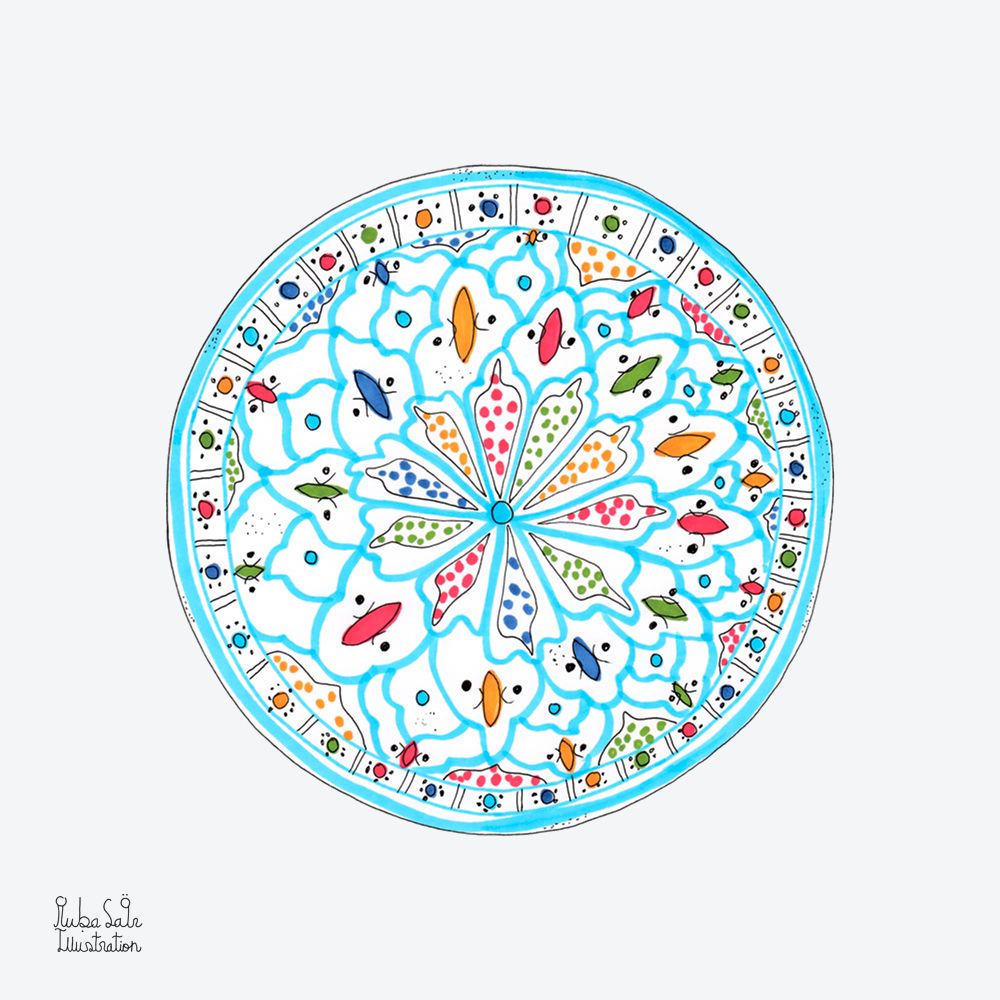

04
Moroccan Tile from Essaouria
I have a strong affinity with North Africa, especially that my great grandfather is from Morocco. I actually found out about my roots way after I had developed a strong intuitive love for this fascinating North African country.
As a child, I felt I had roots in Al-Magrib (aka Morocco in Arabic), but never knew why. That is until, one day, my late grandmother told me my great grandfather was in deed Moroccan! This instantly explained my deep infatuation with Moroccan tiles and ceramics.
To find the perfect tile design to illustrate, I scoured the internet for royalty-free photos and ended up loving a picture taken in one of Essaouira’s souks. I fell in love with the handmade quality of this particular tile and decided to include it in my illustrated North African ceramics collection.
Essaouira is a laid back fishing port and resort town on the Atlantic Ocean in western Morocco. Not necessarily famous for its pottery artisans, this 1960s hippie destination is a hub for inlaid woodwork and Thuya wood boxes.
05
Tunisian Ceramic Teapot
This illustration is based on a real-life teapot in my ceramics collection. It makes me smile every time I look at it. Being an ardent lover of everything blue and white, I have a great appreciation for this Tunisian clay tea kettle.
There is something so refreshing about the blue-and-white colour combo, the hallmark of many North African ceramics. The hand-drawn motifs with all their imperfections, and the shapes of the pottery items, are just so beautiful. Picture enjoying your teatime with a set of beautifully-made tea cups that are sure to elevate the occasion!

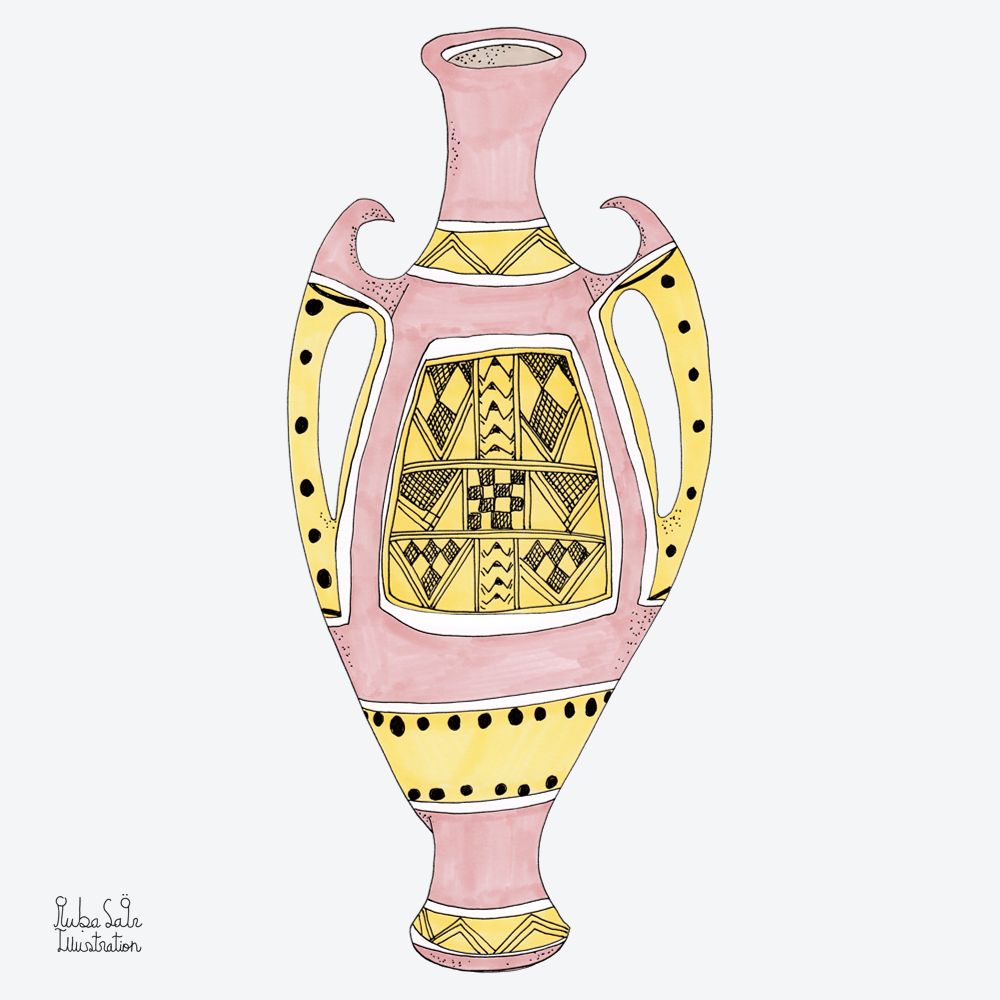
06
Algerian Berber Jar
I used to have two Algerian bowls from the city of Biskra, nestling quietly on the northern edge of the Sahara in north-eastern Algeria.
I actually got the bowls from a rustic pottery workshop, standing alone in the midst of a mesmerising oasis, a short drive from our hotel. The patterns on those bowls were very much similar to the ones on this Algerian water jar, currently on display at the Victoria and Albert Museum (V&A).
According to the museum’s website, “pots not intended for use in cooking, like this one, also had a resin applied to give a glazed surface. This gave a yellow colour and ensured that the pot was watertight.” This jar is a pre-1868 creation, most probably by a woman. I must say, I love the linear black patterns that are typical of Berber design; those have influenced my pen-and-ink illustration style to a great extent.
07
Algerian Berber Teapot
This Berber teapot from Algeria is also on display at the V&A Museum in London. It, too, is believed to have been handcrafted before 1868. The museum says a female Berber artisan may have made this pot from her location in the north-west region of Djurdjura, a mountain range of the Tell Atlas, part of the Atlas Mountain System.
According to V&A, Berber women have made earthenware objects from locally-dug clay for more than 200 years “for domestic purposes such as preparing and serving food, storing water and providing light, and for ritual occasions such as births and weddings.”
The geometric shapes applied in black are typical Berber motifs – featuring triangles, lozenges, and diamonds. The Tuareg, a Berber group with a fascinating arts and crafts heritage, still make jewellery with similar patterns.

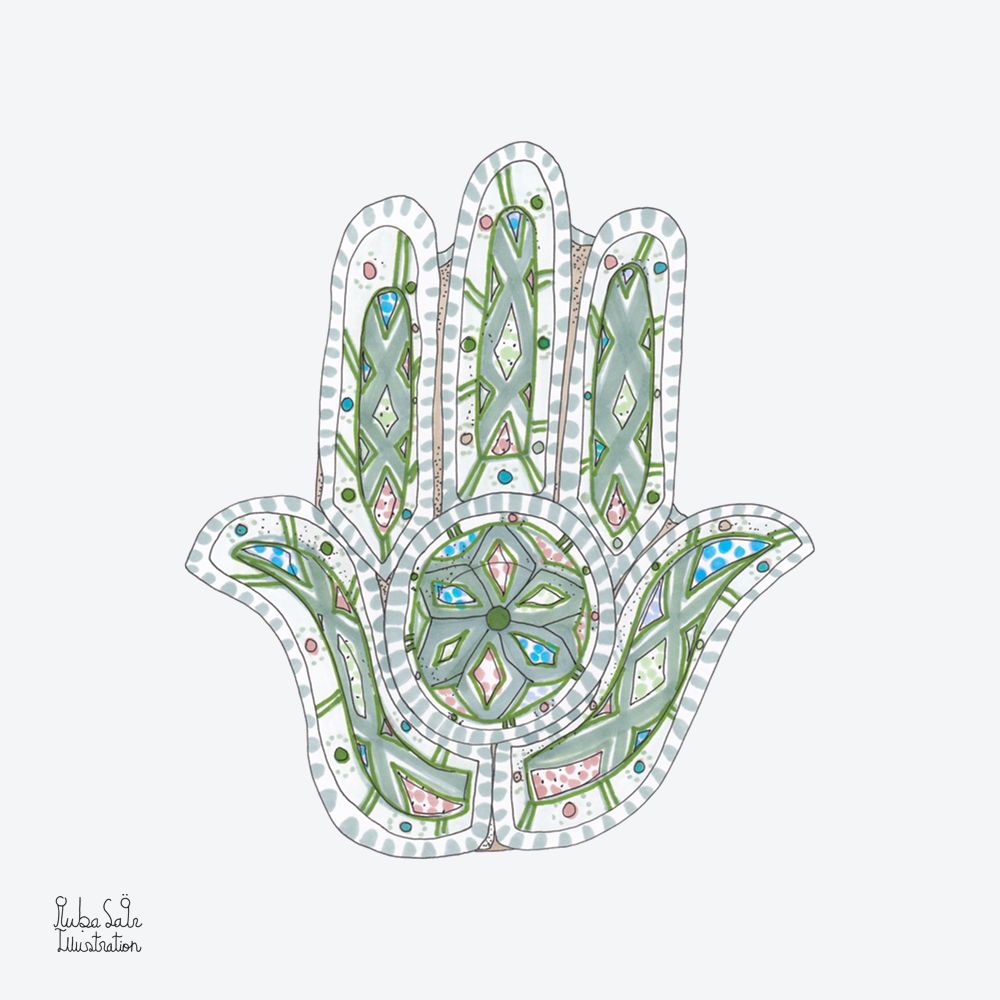
08
Hand of Fatima Tunisian Ceramic Platter
A few years ago, I went to a Tunisian bazaar that had an unbelievable collection of handcrafted ceramics on display. Finding it hard to pick and choose from what looked like a sea of earthenware, I finally settled on a Hand of Fatima platter, among other beautifully-made Tunisian ceramic ware.
This serving dish comprises of 6 little plates, which represent the 5 fingers and the palm of the hand, in addition to one large plate underneath. It’s perfect for serving nuts and dried fruits, or to spruce up the styling of your coffee table.
Interestingly, the Hand of Fatima motif is a potent symbol in the Moroccan culture. Some believe it originated from the spiritual beliefs of Moroccan Sufis, a mystical group of Muslims who travelled across North Africa and the Levant to seek higher knowledge and wisdom.
BONUS
The analogue illustration tools used to create this collection
Analogue Art Supplies: The analogue tools used in these cultural travel illustrations are pen-and-ink with alcohol markers on Bristol paper. I used professional-quality graphic markers by different brands including: Zig Kurecolor alcohol-based markers by Kuretake, Copic Ciao markers, and Promarker graphic markers by Winsor and Newton.
The ink pen is a Micron fineliner. However, I’ve since transitioned to water-based fineliners that do not smudge as I apply the alcohol markers. Bristol paper is perfect for these kinds of illustrations as it’s ultra-white, which makes it easier to scan. Essentially, it offers the right amount of contrast between the actual illustration and the white background.
Digital Hand Lettering: Full disclosure, I created the hand lettering digitally in Affinity Photo V2. This said, the pattern surrounding the lettering is analogue, albeit with colours shifted using a layer blend mode.
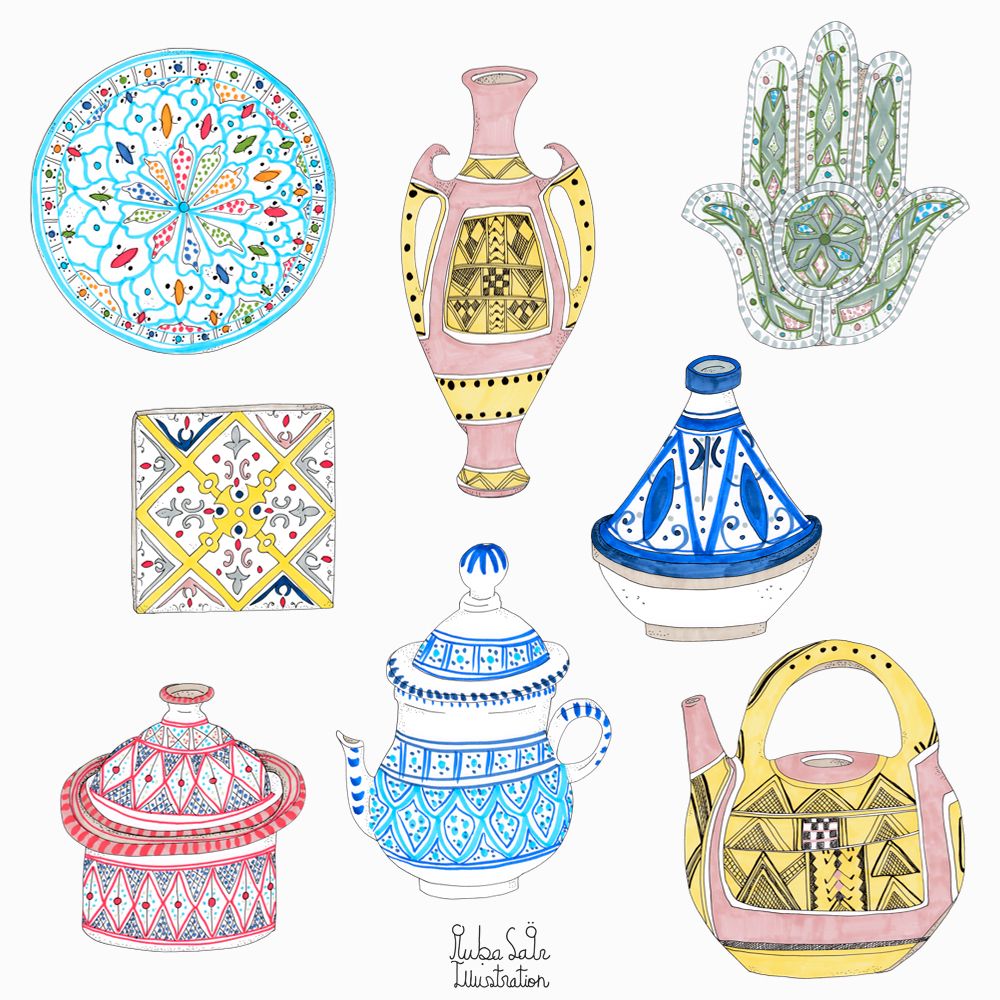
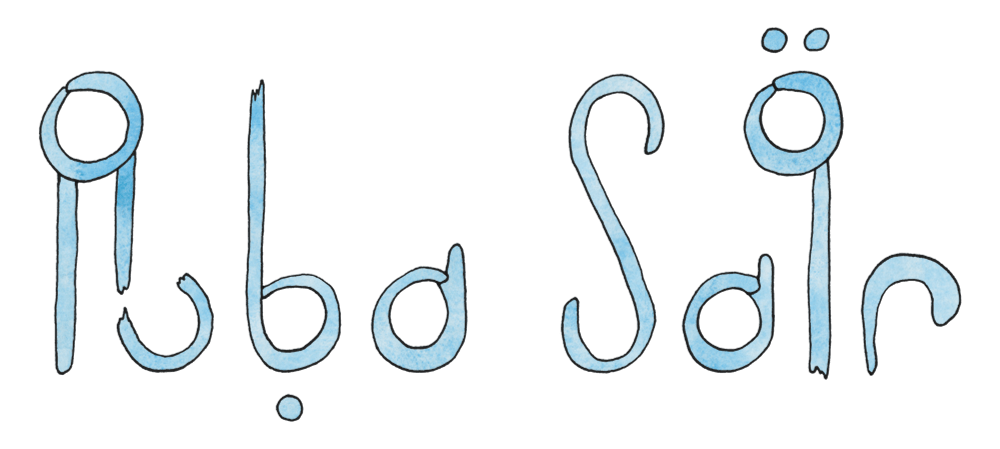
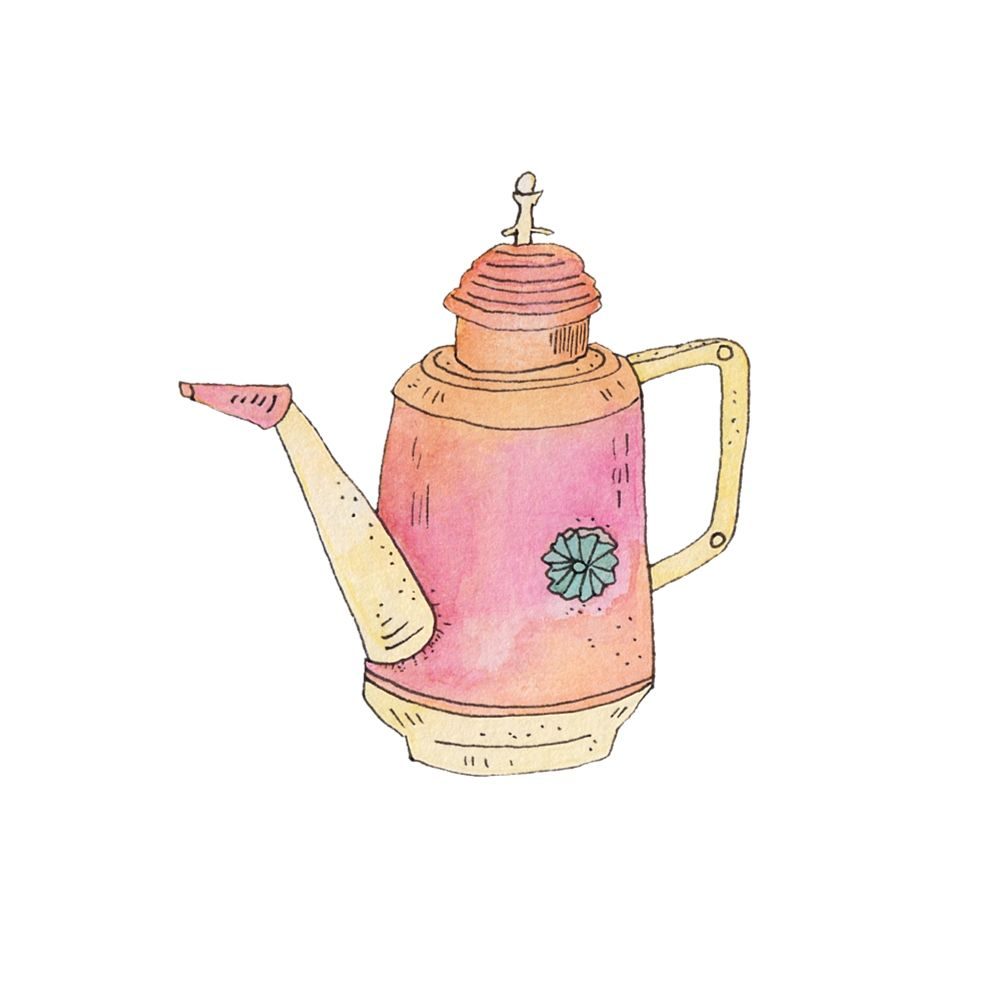



Leave a Reply